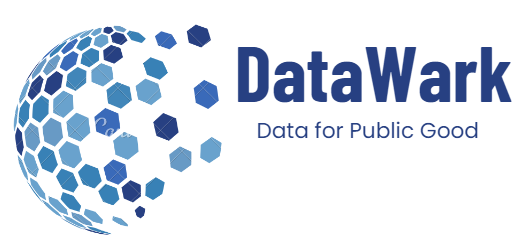In today’s rapidly evolving digital landscape, data has become a key resource for driving progress across various sectors, and the government is no exception. The integration of data analytics into public sector operations has transformed how governments function, enabling more informed decision-making, fostering transparency, and improving the delivery of public services. Whether it’s through predictive analytics, enhanced public policy planning, or targeted resource allocation, data plays an increasingly vital role in addressing the complex challenges faced by modern governments.
Data as a Strategic Asset
Governments at all levels—local, state, and federal—are awash with vast amounts of data, ranging from census data to economic trends, health statistics, and environmental metrics. Traditionally, much of this data has been underutilized, but with the rise of advanced analytics, machine learning, and artificial intelligence (AI), public sector institutions now have the tools to turn data into actionable insights.
Data-driven governance provides a unique opportunity for leaders to implement evidence-based policies that can significantly improve public outcomes. By using data to understand patterns and predict future needs, governments can plan more effectively and proactively manage public resources. For example, predictive analytics can forecast areas at high risk for public health crises or natural disasters, enabling faster response times and more targeted interventions.
Enhancing Public Policy and Accountability
One of the most critical benefits of using data in the government sector is the potential to enhance public policy design. Governments can analyze historical data to identify trends, assess the impact of previous policies, and better understand the needs of their constituents. This evidence-based approach to policymaking increases the likelihood that new policies will have the intended positive effects, reducing the likelihood of unintended consequences.
Moreover, data analytics fosters greater transparency and accountability. By making data publicly accessible, governments can engage citizens more effectively, creating a culture of openness and trust. For instance, public-facing dashboards that track spending, service delivery, and policy outcomes allow citizens to monitor government performance in real-time. This increased visibility not only helps combat inefficiency and corruption but also empowers communities to actively participate in governance.
Improving Service Delivery
Data analytics is revolutionizing the way governments deliver services to the public. With the ability to analyze real-time data, agencies can optimize service delivery models, ensuring they meet the needs of citizens more efficiently and equitably. For instance, transportation departments can leverage data to manage traffic flows, reduce congestion, and improve public transit systems. Similarly, social services can use data to identify vulnerable populations, ensuring that the right people receive the assistance they need, when they need it most.
The use of AI and machine learning further enhances this by automating administrative tasks and improving the accuracy of service delivery predictions. For instance, AI-driven chatbots are being deployed in customer service roles to handle routine inquiries, freeing up human resources for more complex tasks. Meanwhile, machine learning models can identify patterns in public health data to detect disease outbreaks early, allowing for rapid intervention and prevention strategies.
Data Privacy and Ethical Considerations
As the government sector increasingly relies on data to inform decisions, there are growing concerns about data privacy, security, and ethical use. Governments must be vigilant in protecting sensitive information and ensuring that data is used responsibly. Establishing strict data governance frameworks, encryption protocols, and ethical standards is critical to maintaining public trust and safeguarding citizen data from misuse or breaches.
Balancing the benefits of data-driven governance with the need for privacy protection remains a top priority. Clear regulations and transparent data usage policies can help alleviate concerns and ensure that data is used for the public good while respecting individual privacy rights.
Challenges and Opportunities
Despite the numerous benefits, many government agencies still face challenges in fully harnessing the power of data. Legacy systems, lack of skilled personnel, and data silos often hinder the ability to extract meaningful insights from the vast amounts of available information. Moreover, the complexity of integrating data across different departments and jurisdictions can slow progress.
However, the opportunities far outweigh the challenges. Governments that invest in modern data infrastructure, adopt cloud-based solutions, and foster collaboration across departments can overcome these barriers. Partnerships with private-sector technology firms and educational institutions can also help fill skill gaps, providing the technical expertise needed to fully implement data-driven strategies.
Data is reshaping the future of governance, making it more agile, responsive, and transparent. As governments continue to embrace data analytics, they will be better equipped to address today’s most pressing issues, from public health crises to environmental sustainability and economic inequality. By leveraging data as a strategic asset, the government sector can innovate and create policies and services that improve the quality of life for all citizens.
As we look ahead, it is clear that the future of governance will be data-driven, with the potential to revolutionize not only how governments operate but also how they engage with and serve the public. In this evolving landscape, those governments that harness the full potential of data will be best positioned to lead the way toward a smarter, more efficient, and more equitable future.

Leave a Reply